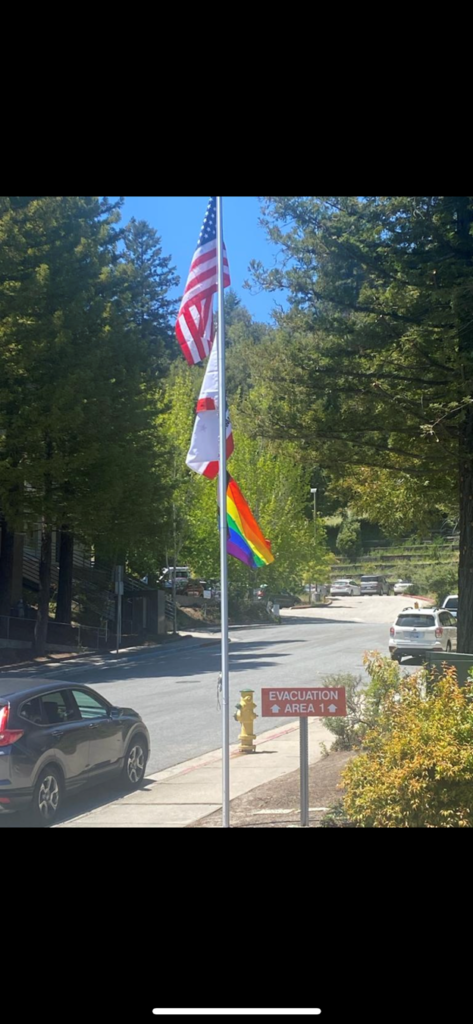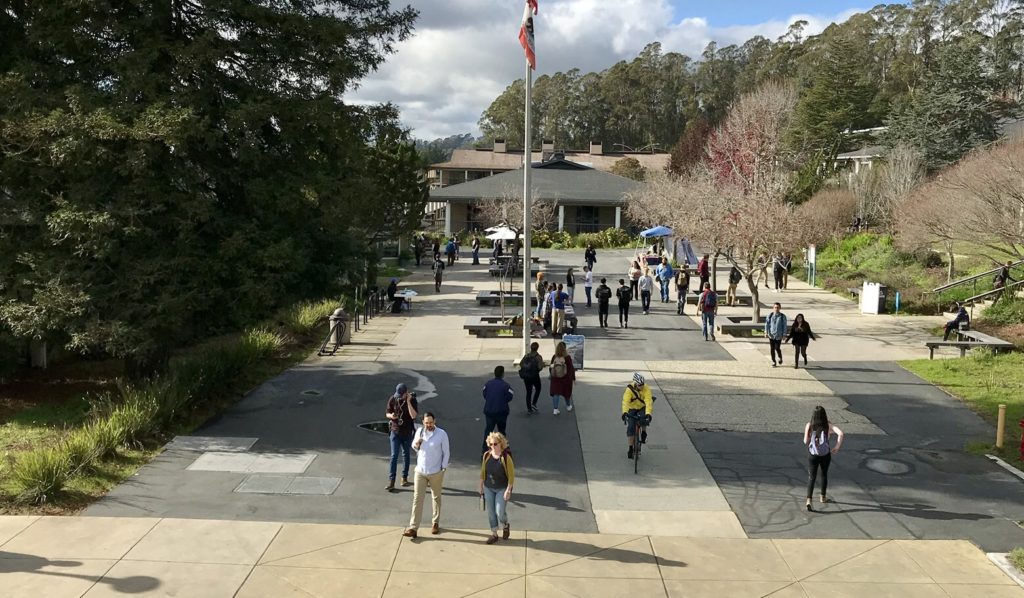
The American Population is Politically Opinionated, but Fail to Show up at the Polls
In the 2016 election, Donald Trump received 63 million votes, Hillary Clinton received 66 million votes, but if there was a candidate named “registered but didn’t vote” he would’ve won with 108 million votes.
America’s voter turnout percentage ranks 31st out of the 35 developed countries at 55 percent compared to their European counterparts such as Sweden, Denmark, and Norway who reach the high 70s and early 80s, said Pew Research Center.
“In America compared to European countries there’s a lot less choices to choose from so it’s a little bit of a letdown” said Devin Andrews, 21, a Cabrillo College student who lived in Switzerland for most of his life and has dual citizenship with the United States.
Though other smaller parties exist in America such as the Green, Libertarian and Peace and Freedom party, they’re given little to no media coverage and end up receiving only one or two percent of the national vote.
Media Research Center reports that from Jan. 1 to Oct. 31, 2016, ABC, CBS and NBC evening news shows granted Hillary Clinton and Donald Trump a combined 2,793 minutes of airtime and third party candidates such as Jill Stein and Gary Johnson a combined 14 seconds.
“More choices more voices!” Green Party candidate Jill Stein constantly said throughout her 2016 campaign.
The voter registration process in America takes more time and work compared to countries where turnout is high. There are 51 million eligible U.S. citizens who are not registered to vote, said Pew Research Center.
“Registering to vote is a process” said Georgia Bakerman, 18, a psychology major at Cabrillo. “It’s not like you’re automatically registered and there’s not a lot of programs that make it easy.”
Contrasting with America, in European countries such as Germany, Finland and even France, all eligible citizens are automatically registered to vote.
Though in California there is the option of early voting via mail, the majority of U.S. states limit their citizens to one day of voting at a specific polling place, which always falls on a Tuesday.
In European countries however, Election Day is either a national holiday where citizens are given time off work or it is a multi-day process in which people are given multiple chances to cast their ballot.
“People don’t have the time, they don’t have the lives to go to a specific place” Bakerman said, “it’s most conducive for a demographic of people of retired age and is not geared towards the modern millennial,” adding that the lack of time and place flexibility for voting hurts youth voters the most.
Though the millennial population about equals the baby boomer generation, their voter turnout number is around three to four times less than baby boomers, said Pew Research Center.
“If at home and online voting was more accessible,” Bakerman said, “it would get a lot more people to vote.”
The early voting option has boosted California to one of the highest voter turnout percentages in the U.S. at 75 percent in the 2016 election, The Sacramento Bee reported.
Rory O’Brien, a political science instructor at Cabrillo, agrees that voting in America needs to be more inclusive, especially for younger voters.
“Younger people are always busy, your life is nothing but busy-ness” he said. “It makes it difficult for younger voters just to be apart of the system. For instance, younger people are constantly moving for college, jobs, etcetera and every time you move you have to reregister to vote.”
“If you can show up at the polls and show some clear I.D. of where you are, where you live, your vote ought to be cast,” O’Brien said, “we should make voting a national holiday and call it America Day,” adding that voting should be advertised as prideful rather than a chore.
Lack of education regarding voting is another reason that keeps Americans away from the polls.
O’Brien said that voter education should be taught from Day 1. “We need to start talking to kids when their younger and give them a sense that this is part of what you do as an American, so by the time you get to college, you know how it works.”
O’Brien said that because voter turnout in state and local elections are even lower than national elections, it is even more important to get people pumped to vote since those elections are the most crucial.
“The problem with Americans is that we are focused only on the presidential election even though who matters most in terms of politics are those who represent you from your congressional districts, governors and state senators,” he said. “When you look at local elections in even major cities like Los Angeles or San Francisco, turnout can be as low as 20 percent or less.”
Political scientists argue that America has come along way in terms of voter participation. However, when America is compared to their European neighbors, improvements are a possibility.
“We can’t have a democratic society if people aren’t participating in the political process” Bakerman said.





